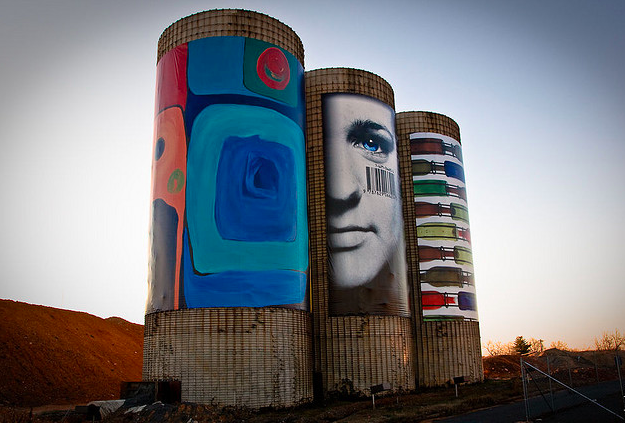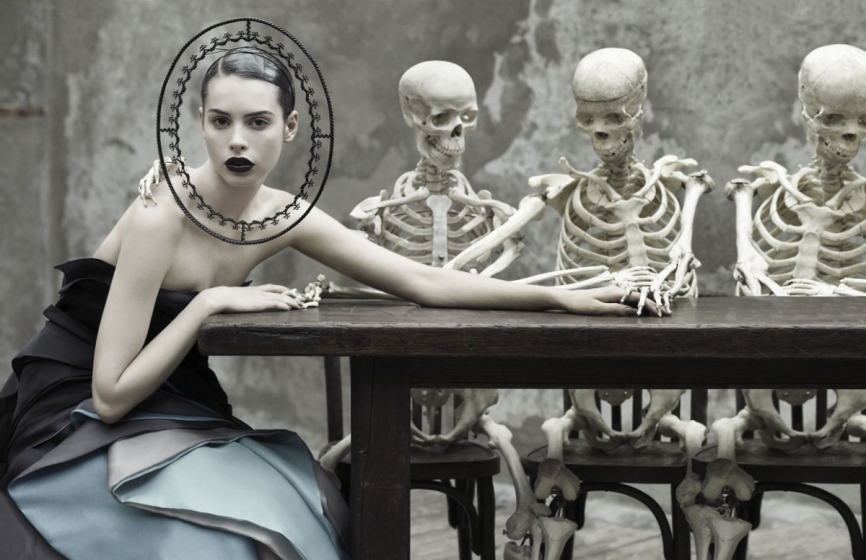Kutcher + Dwolla = A compelling idea
 Wednesday, April 18, 2012 at 10:29AM
Wednesday, April 18, 2012 at 10:29AM I have a quick question. How many of you all like surprises? Well most of us like them as long as there is something good/and or worthwhile at the other end. For me a very interesting surprise happened just a couple of days ago. I came across a blog post on a startup called Dwolla. A company which reminded me, once again, that today's market is about fresh ideas, new business models, and the dynamism of the online world.
One of the ideas in which I have trumpeted, that (in my opinion) is carving out its own space in today's marketplace, is the idea of the intersection. The place where seemingly disparate ideas come together and actually makes sense in an interesting way. And on numerous levels the emerging digital landscape has required that we think, strategise and execute in very different ways than we have in the past.
I was reminded of this in the below video talk with Ashton Kutcher and Dwolla founder Ben Milne. For two reasons especially.
#1. Dwolla is a very interesting start-up as it is creating a business that isn't missing the forest for the trees. It understands the changing landscape in a much more fundamental way...outside of just 'social media'. It looks at the idea of undiscovered value and how that can scale into a substantial business model.
#2. I really appreciate how Ashton in a very clear way (unintentionally I believe) makes the business case for the intersection of creativity (acting) and design (product invention). He states (at about 28:45) that the reason he likes working with consumer companies and is better at it, is because, as he says... "it’s really similar to being an actor … I break down a product the same way I would break down a character I was going to play and try to get inside of the mind of that person – the user, the consumer – and figure out why they’re doing something and what they want from it … and what’s the path of least resistance to actually get them to their end goal.”
Personally I hadn't really thought that deeply about Ashton (I actually like him in Two and a Half Men, though...). But after watching this video (he has some really thoughtful and solid ideas on things), I've learned a lot about his work that have also helped to further inform (and support) my own ideas and opinions around creativity, design and business.
Check out the video (which actually starts at about 2:50). For startup junkies...this is awesome stuff. Enjoy!



